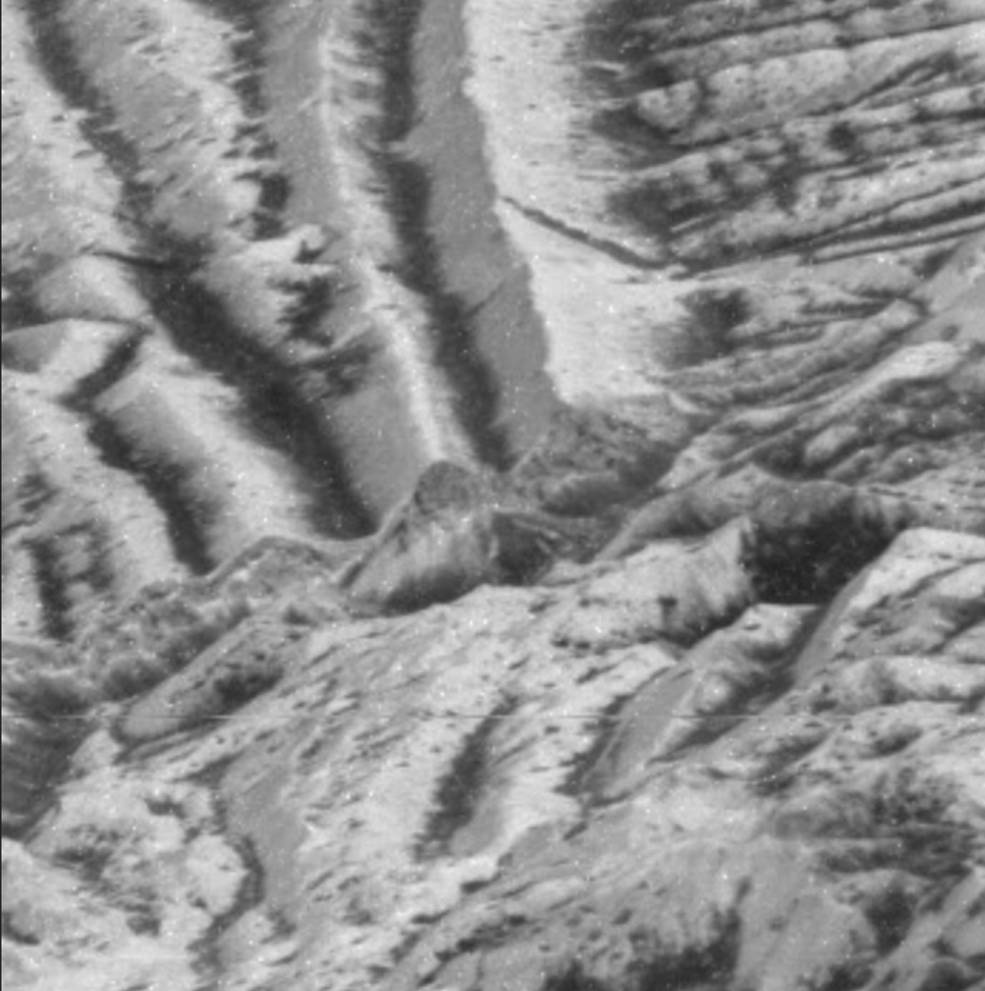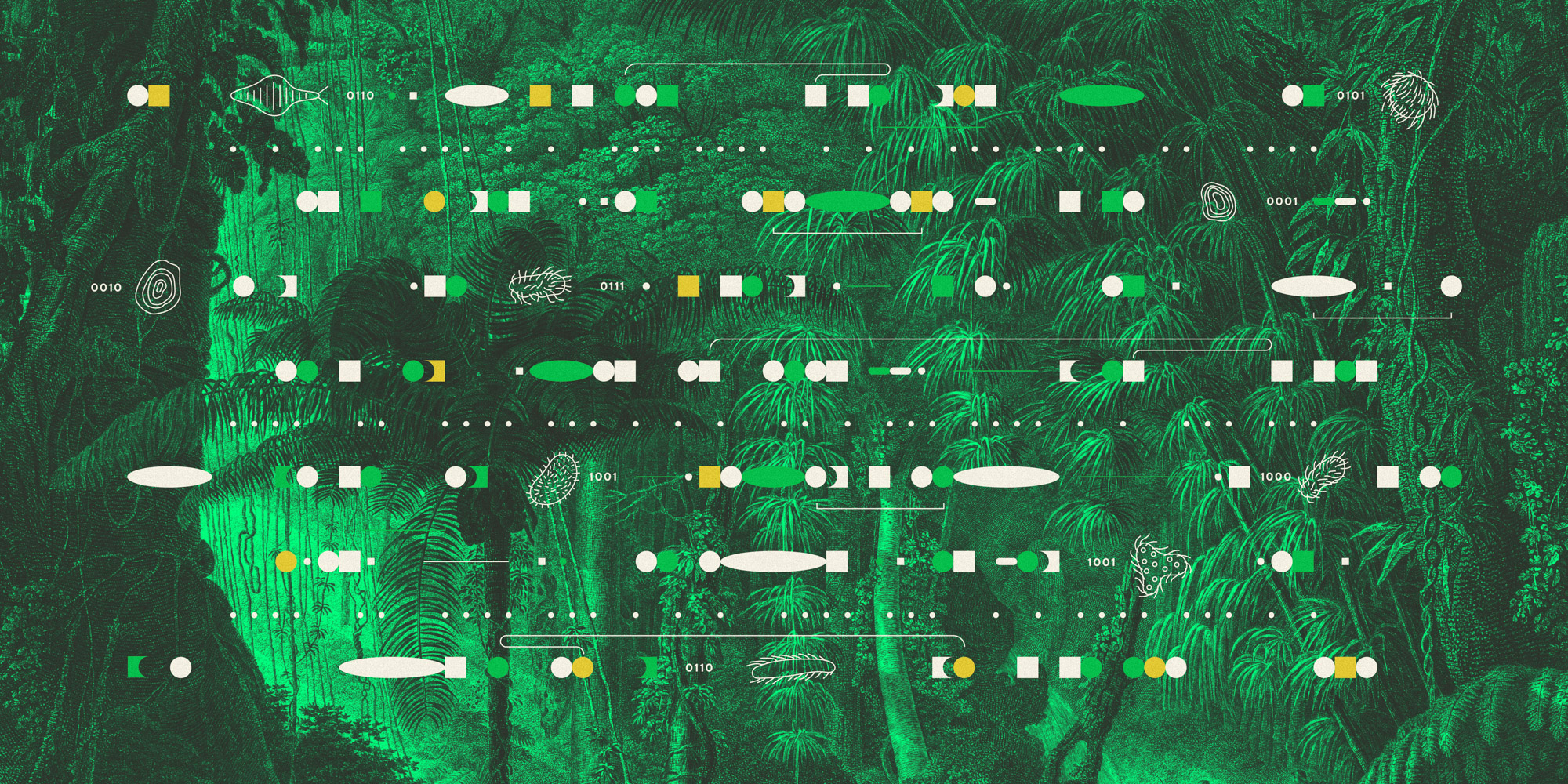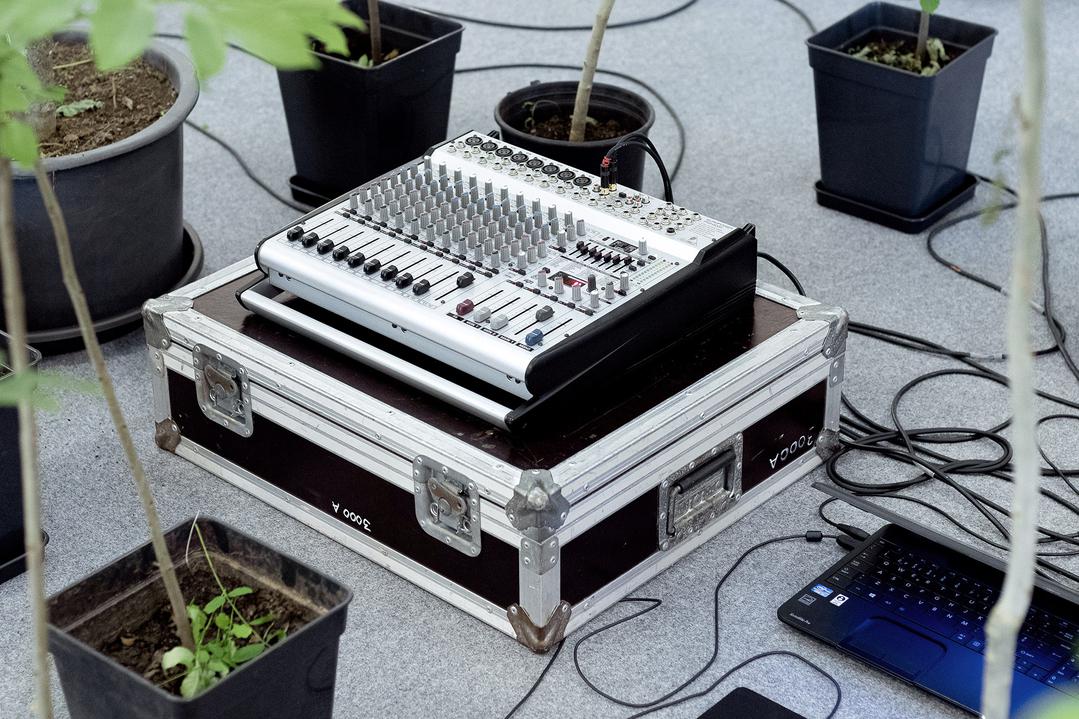
How did the vast and varied chorus of modern sounds—from forest to oceans to human music—emerge from life’s community? When did the living Earth first start to sing?
Words by David G. Haskell for Emergence Magazine

Illustration: Daniel Liévano.
“The International Exploration for the Mars Surrounding (IEMS) is a united program responsible for the civilian space program as well as aeronautics research for the surface of Ferox. Between 1976 and 2010, scientists around Europe worked for IEMS in order to determine the presence of water on Ferox. After their third failure the mission disappeared,” reads the blurb of Ferox, The Forgotten Files: A Journey to the Hidden Moon of Mars 1976–2010.
Words by Ruby Boddington for It’s Nice That

Image: Riley D. Champine, NG staff; Source: Jason Riggio ET AL, Global Change Biology.
“A newly created map reveals the “wildest” places on Earth—places where humans have the lowest impact. The findings could be used to support the push to set aside half of Earth for nature, its authors say.“
Words by Emma Marris for National Geographic.

Image: USGS.
“Flowers act as multisensory billboards, guiding their pollinators using visual patterns, heat, electrical interactions, tactile surfaces, humidity patterns and scent.“
David A. Lawson, Lars Chittka, Heather M. Whitney and Sean A. Rands

Image: USGS / Native Bee Inventory and Monitoring Lab.
Drawings by Pia-Mélissa Laroche. Words by Alice Harrison from IGNANT.

Image: Pia-Mélissa Laroche.
“Italian Limes is a research project and an interactive installation that explores the most remote Alpine regions, where national borders drift with glaciers… The project focuses on the effects of climate change on shrinking ice sheets and the consequent shifts of the watershed that defines the national territories of Italy, Austria, Switzerland and France.“
By Marco Ferrari and Elisa Pasqual from Folder.
Photo: Delfino Sisto Legnani.
Eventually everything connects, including all of us. To conserve the planet we have to identify and preserve these connections.
Yota Ayaan exhibition at the Galeria da Biodiversidade, in the Botanical Garden of Porto. Text by Alice Bonnot.
Photo: Carlos Campos.
“Impact gardening is the evocative term used to describe surface disturbance — and potential biological effects — caused by the crashing of extraterrestrial objects into planetary bodies.”
A story by Geoff Manaugh.

Credit: NASA/JPL-Caltech.
“Along flat stretches of countryside from Argentina and South Africa to the United Kingdom, strange spires can be spotted at a great distance, but what really stands out up close is the goats that occupy them.”
An article by Kurt Kohlstedt for 99% INVISIBLE.

Credit: NASA/JPL-Caltech.
The structure of the organism is a record of previous structural changes and thus of previous interactions.
Fritjof Capra
“As part of a larger project looking at the material infrastructures of the internet and mass surveillance, I located and photographed some of the primary “choke points” on the internet backbone – places where multiple undersea cables reach land and connect the continents together.“
Trevor Paglen

The Ecological Relations of Roots by John Ernest Weaver (1919).
“The ecological relations of roots (1919) is a book by John Ernest Weaver (1884 – 1966), an American biologist and prairie ecologist. During his life, Weaver published a series of books on the relationship between plant species, their climate and the specific soils they inhabit.”
By Mariabruna Fabrizi for socks-studio.com

The Ecological Relations of Roots by John Ernest Weaver (1919).
“In 2018, what is left to explore in the world? It seems unlikely, say, that humans might find an untouched forest to study, someplace that hasn’t been bulldozed and burnt and exploited within an inch of its life for precious minerals or virgin timber. But that’s exactly what happened this past spring…”
By
Photo: Jeffrey Barbee.
All exchange, connection and interaction occurs across borders. They separate us as individuals and at the same time link us to the world. From the earth’s surface to the membrane of a cell, passing through the bark of trees, the walls of a house, the husk of seeds or a simple line drawn on the ground.
“In 1988, he bought his first personal computer, a “bottom of the line” Toshiba laptop he packed in his carry-on for a semester of research in Costa Rica. It would be the proving ground for his third powerful idea: create artificial life by seeding primitive code-organisms into a competitive digital environment.“
By Claire L. Evans for Grow (Ginkgo Bioworks).

Illustration by Israel Vargas.
“A powerful man, who is also the former prime minister of Georgia, has developed an exquisite hobby. He collects century old trees along Georgia’s coastline. He commissions his men to uproot them and bring them to his private garden. Some of these trees are as tall as 15-floor-buildings. And in order to transplant a tree of such dimensions some other trees are chopped down, electric cables are shifted and new roads are paved through mandarin plantations… The film moves the concept of uprooting from its metaphorical meaning into an oppressive, tangible and yet surreal reality.“
A documentary by Salomé Jashi.
Stills from ‘Taming the garden’.
“Located 1,300 kilometers beyond the Arctic Circle, the Svalbard Global Seed Vault is a secure seed storage facility that acts as a food bank for crops that are dying out due to intensive agriculture and unpredictable weather patterns.“
An interview with Jennifer O’mahony for Atmos

Photo: Greg White
The elements of life are dynamic patterns of mass and energy, events rather than objects.
Fritjof Capra












